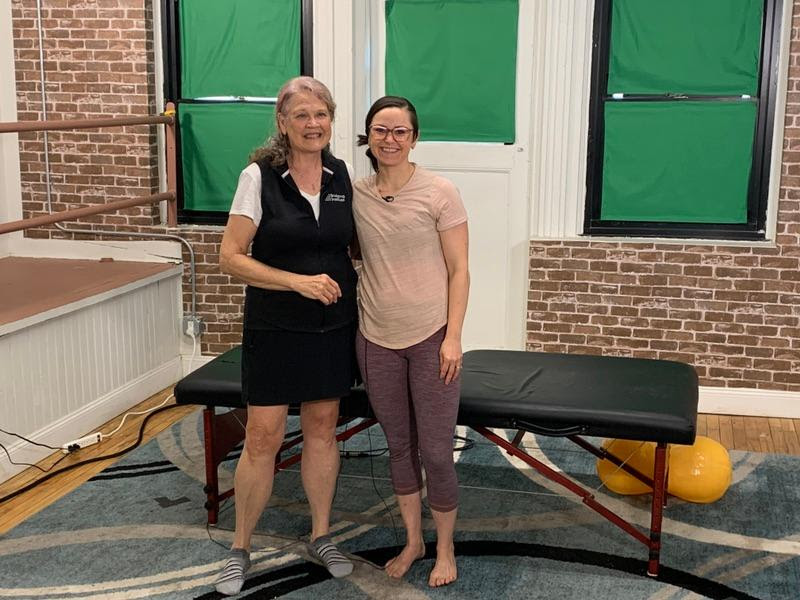Is a New Mom’s Childbirth Trauma Linked to Anxiety and Sports Performance Challenges?
Anxiety and trauma resulting from childbirth, especially for C-section moms
In a prior BLOG post I shared how the diaphragm, breathing, and lower body interconnections are all related, and most importantly, impact anxiety.
One of the most common reasons we find for moms to feel anxious, as well as reluctant to restart activity, relates to postpartum recovery, especially when a C-section was involved. There are specific reasons why your body just isn’t putting itself back together after a C-section. Something to do with cutting through seven (yes, 7!) layers to get to the baby??
Take a look at our newest Bridging® Insider YouTube video featuring Kira. She was still impacted from her childbirth and C-section experience. You will also see what changed following some Bridging® support.
This new mom is also an athlete. But her traumatic childbirth experience impacts her performance and anxiety levels.
| Meet Kira who has concerns about being at her best as she begins to compete again, in addition to her increased anxiety about next steps in life.
Cara takes her through an assessment and some Bridging movements. And wow — what a change! |
Why does a C-section cause such long-term stress?
There are many points of stress from a shift in the pelvis following C-section surgery. The body self-protects the lower abdominal weakness resulting from surgery which then causes a pelvic tilt. This then shifts the rest of the spine as well as hip positions. Resulting stress can be found all over the body. Abdominal trauma also impacts diaphragm function, which means breathing and calming are impacted, leading to heightened anxiety.
But what about ab and pelvic floor exercises?
Exercise itself does not reset the interconnections between layers and groups of muscles impacted by surgery. Working with a pelvic floor Physical Therapist will improve your awareness, but often falls short on resetting function and reducing associated pain. Recovery is more than doing the ‘right things’ and trying harder.
How does Bridging help?
Bridging helps you by supporting specific core muscle relationships which were traumatized during the surgery. The integrity and relationship of your core, legs, pelvic floor, and diaphragm are reacquainted so all the parts can find better ways of working together. Your musculoskeletal system and nervous system will feel so much better when they work together correctly!
When is Bridging appropriate following your baby’s birth?
There are several timeframes with different goals:
- Within days, gentle support to the lower abdomen can help reduce pain, improve sleep and overall recovery. (Virtual appointments work great for this.)
- After 8 weeks, gentle support to the incision area will allow the abdominal muscles to better work together, and to work with the adjacent muscles of the legs and pelvic floor. (Again, virtual appointments are pretty good for this.)
- Months (or years) later, more extensive support to the incision area will allow the body to restore deeper and more complex angles, and ranges of motion between the abdomen, pelvic floor, and legs. (Virtual appointments are good, and in-office appointments are better, if possible.)
By restoring the interconnections of the lower and upper body, you will function better. You will breathe and move more easily!

